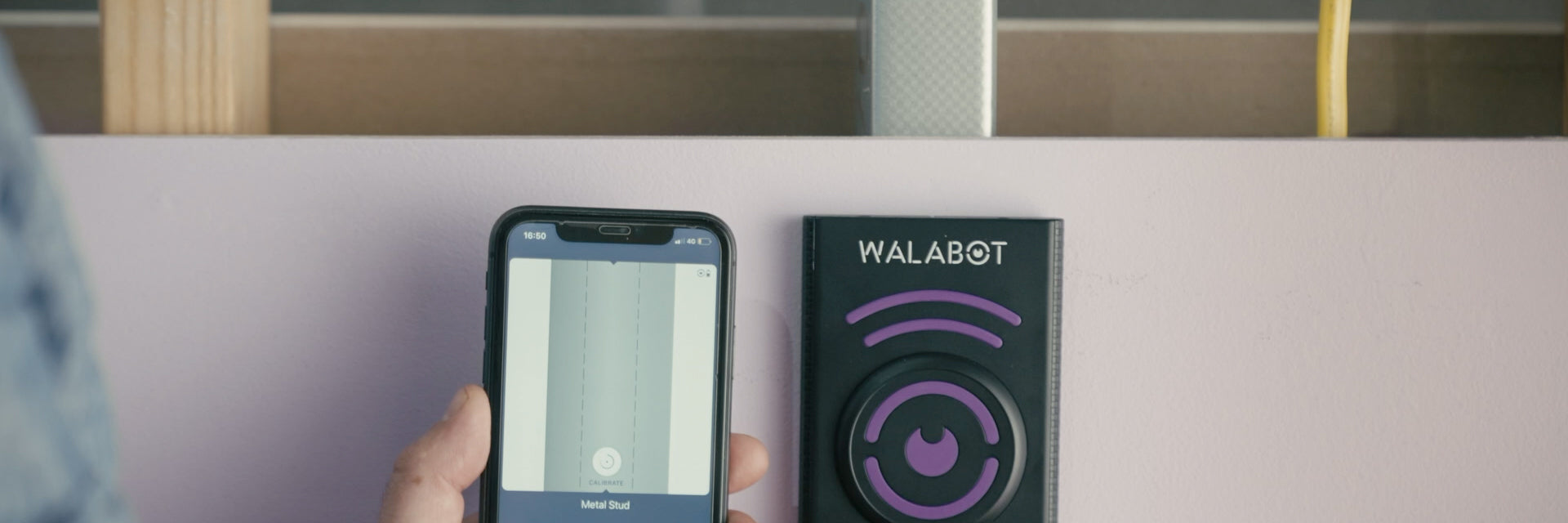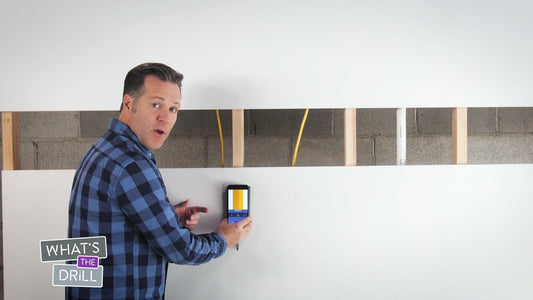Correctly identifying the type of studs in your walls is crucial. Whether you're hanging a picture, mounting a TV, or undertaking a larger renovation, knowing whether you're dealing with metal or wooden studs can influence your approach and tools.
The short answer
Studs form the skeleton of your walls and can be made of either wood, which is traditional and common in residential constructions, or metal, often found in modern and commercial buildings. Wooden studs are known for their robustness and ease of modification, while metal studs offer fire resistance and durability.

Tools for detecting stud material
Before you start knocking on walls or drilling holes, consider these tools to help identify the type of stud:
- Stud finder: A reliable stud finder is your best friend for this task. Some advanced models can differentiate between metal and wood, using either magnetic detection for metal studs or density detection for wooden studs.
- Magnet: A simple magnet can be used to detect metal studs. If it sticks to the wall, there's a good chance you've found a metal stud.
- Visual inspection: Look for clues in unfinished areas of your home, like the basement or attic. Metal studs will have a distinct metallic sheen, while wooden studs are typically made of 2x4 or 2x6 lumber.

Tips for accurate identification of a stud:
- Consistency in spacing: Both metal and wooden studs are typically spaced 16 or 24 inches apart. Use a tape measure and start from a corner to find likely stud positions.
- Tap Test: Gently tap on the wall. A more hollow sound suggests the spaces between studs, while a solid sound indicates a stud.
- Screw or nail detection: Look for the presence of screws or nails, which are often used to secure the drywall to the studs. Metal studs will have screws, while wooden studs might have either nails or screws.
- Drilling a test hole: If you're still unsure, carefully drill a small hole in the wall. If you encounter resistance after a short depth, it's likely a wooden stud. If the drill goes through easily, it might be a metal stud, or you've hit a space between studs.
Conclusion
Differentiating between metal and wooden studs is a skill that enhances your DIY capabilities, ensuring safer and more effective projects. With the right tools and techniques, you can confidently identify the type of studs in your walls and proceed with your home improvement tasks with assurance.




